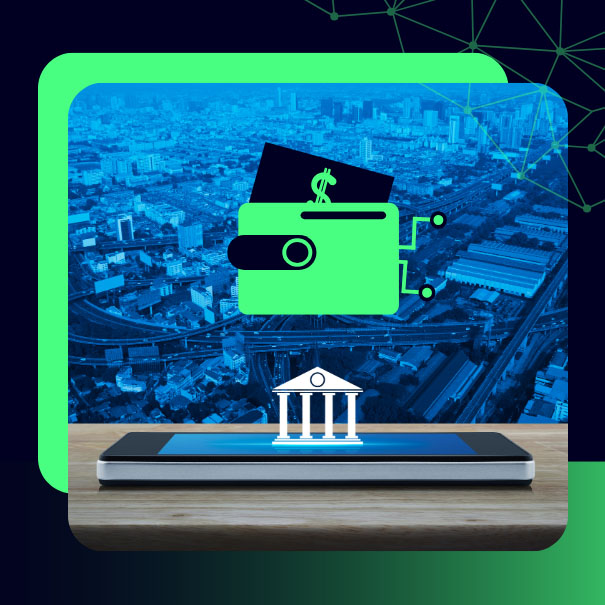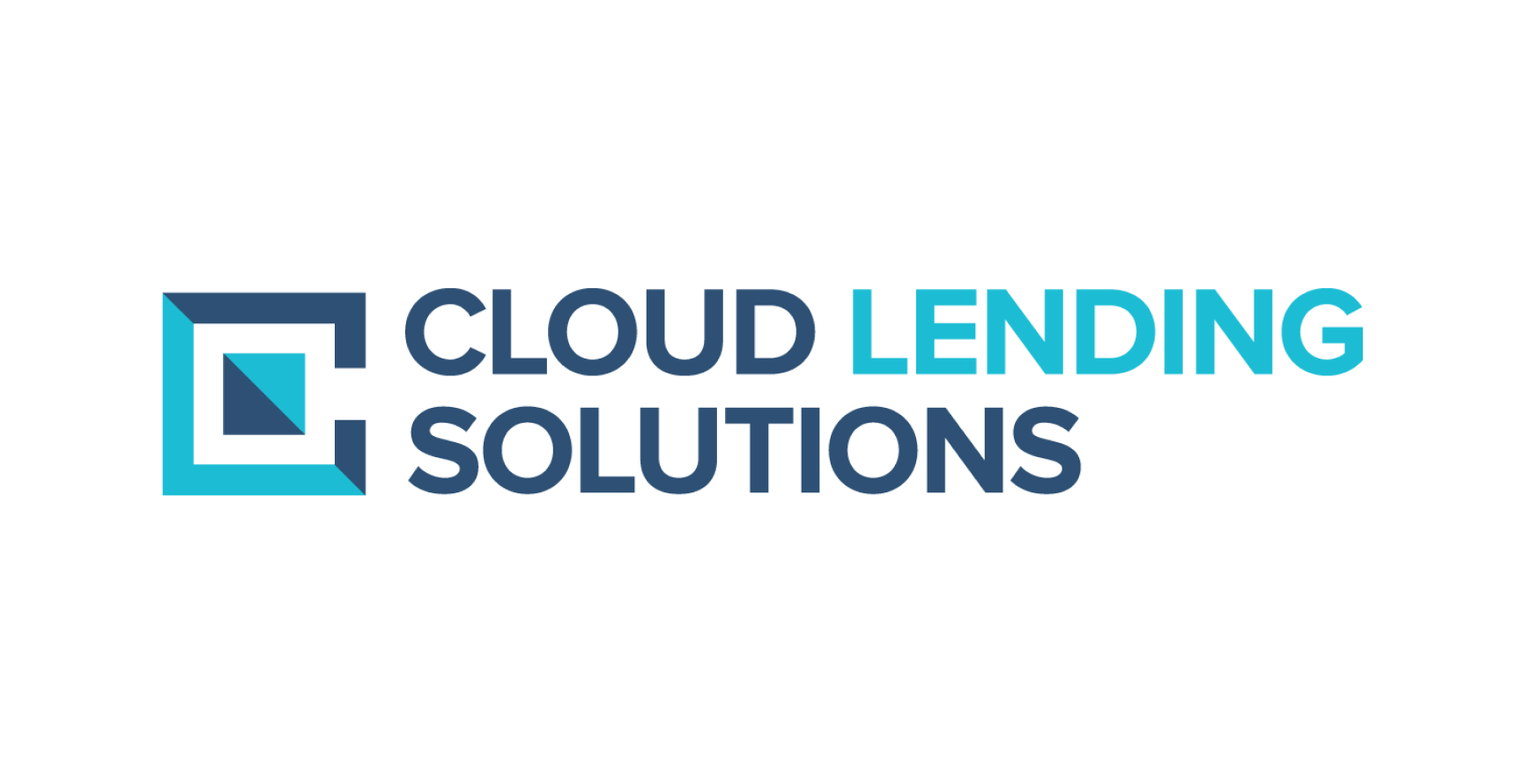Digital Transformation, zBlog
The 2026 Playbook for Digital Transformation in Banking: ROI, Risks & Roadmaps
trantorindia | Updated: November 3, 2025

Digital Transformation in Banking is no longer a side project—it’s the operating system for growth, risk control, and customer trust. Banks are moving from channel-by-channel upgrades to platform thinking: unified data, instant payments, explainable AI, privacy-first APIs, and cores that can be changed without weekend shutdowns. This playbook turns the buzzwords into a bank-ready plan: where to invest, what to measure, how to mitigate risk, and how to get real outcomes in 180 days—then scale with confidence over three years.
Defining Digital Transformation in Banking (2026 Edition)
Digital Transformation in Banking is the unified modernization of products, channels, data, operations, and culture. It’s not just tech replacement—it’s a shift in how you create and capture value.
- Products: Embedded finance, contextual lending, subscription-based accounts, premium instant disbursements.
- Channels: Seamless journeys across mobile/web/branch/call center, with consistent entitlements and personalization.
- Operations: Straight-through processing for originations, disputes, and servicing; real-time risk and reconciliations.
- Data & Analytics: Standardized, governed, and accessible—fueled by ISO 20022-rich payment data and event telemetry.
- Culture & Talent: Product operating model, platform teams, SRE/DevSecOps, incentives tied to outcomes instead of output.
Plain English test: if your customers can move money and resolve issues instantly, and your teams can ship improvements weekly without surprises—you’re transforming the right way.
Market Signals Shaping Digital Transformation in Banking (2026)

- Real-Time Payments (RTP & FedNow): Instant rails are moving mainstream, unlocking high-value use cases (payroll, treasury, claims, merchant settlement, request-to-pay).
- Open Banking & Data Rights: Consumer-permissioned access is becoming table stakes; banks must provide developer-grade APIs, consent UX, and data quality SLAs.
- ISO 20022: Rich, structured payments data improves reconciliation, sanctions screening, analytics, and client reporting—beyond compliance.
- AI Everywhere (With Guardrails): From agent-assist to fraud interdiction and back-office automation, AI is being deployed where human oversight is clear and outcomes are measurable.
- Resilience & Security: 24/7 rails demand 24/7 operations, active monitoring, and proactive fraud/AML controls.
- Accessibility & Inclusion: WCAG-aligned apps, multilingual content, and trauma-aware collections aren’t just ethical—they’re smart business.
The Seven-Layer Architecture for Digital Transformation in Banking

Use this as your blueprint. Each layer builds on the next and is owned by a cross-functional platform team.
1. Customer Experience & Growth
- Capabilities: Unified onboarding, profile & preferences, omnichannel support, contextual nudges, self-service flows.
- Signals: Behavior events, intent detection, life-event triggers.
- Outcome: Higher activation, lower churn, more cross-sell—without more friction.
2. Product & Pricing Platform
- Capabilities: Product catalog as APIs, entitlements, fee rules, flexible pricing, offer management.
- Outcome: Faster product launches and transparent, consistent pricing across channels.
3. Payments & Money Movement Orchestration
- Rails: RTP, FedNow, ACH, wires, card, request-to-pay.
- Controls: Liquidity guardrails, sanctions/AML screening, message transformation, ISO 20022 enrichment.
- Outcome: One brain for all money movement—fewer exceptions, better resilience.
4. Data & AI Platform
- Components: Event streaming, lakehouse, feature store, governed access, MLOps.
- Practices: Data contracts, lineage, PII minimization, model cards, drift monitoring.
- Outcome: Self-service analytics + safe, explainable AI.
5. Risk, Fraud & Compliance Services
- Capabilities: Device intelligence, behavioral biometrics, fraud graph, AML/KYC orchestration, case management.
- Outcome: Loss reduction without blocking good customers.
6. Core & Ledger Modernization
- Approach: Strangler-fig migrations, domain decoupling, double-entry ledgering, idempotent operations.
- Outcome: Add new products without legacy roadblocks.
7. Platform Engineering & Security
- Capabilities: Cloud landing zones, zero trust, secret management, policy-as-code, SRE/DevSecOps, SBOMs.
- Outcome: Safe, fast, repeatable delivery and audit-ready controls.
Real-Time Payments Strategy for Digital Transformation in Banking (RTP & FedNow)

Why it matters: Customers and corporates increasingly expect money to move at the speed of messaging. Digital Transformation in Banking must include instant rails to remain relevant.
Use Cases to Prioritize
- Treasury/Corporate: Just-in-time supplier payments, instant payroll, cash concentration.
- SMB/Retail: Gig payouts, insurance claims, merchant settlement, request-to-pay for invoices.
- Lending: Instant funding and same-day cures for delinquencies.
Readiness Checklist
- 24/7 ops model and liquidity playbooks
- Real-time fraud scoring + adaptive MFA
- ISO 20022 mapping & enrichment
- Client education and premium fee strategy
- End-to-end monitoring: authorization → posting → reconciliation
Outcome targets: increased instant payment adoption, fewer exceptions, improved NPS, new fee revenue lines, and lower servicing calls due to real-time posting.
ISO 20022 and Digital Transformation in Banking: Revenue, Risk & Reporting
Treat ISO 20022 as a profit center enabler, not just a compliance project.
- Revenue: Richer remittance fields help automate reconciliation—an upsell for corporate clients.
- Risk: Structured data improves sanctions and PEP screening, reducing false positives.
- Reporting: Better statements, cash forecasting, and analytics; cleaner data for pricing and product strategy.
- Operating Model: Ensure downstream systems—fraud, AML, BI, customer portals—are ready for structured fields, not just your payments gateway.
Core Modernization and Cloud: Foundations of Digital Transformation in Banking

Strangler-Fig Path: wrap legacy cores with APIs, launch new product domains on a modern ledger, and migrate customers in waves.
Do’s
- Define domain boundaries (deposits, lending, fees) and publish internal product APIs.
- Use golden source for customer identity and relationships; synchronize via events.
- Introduce payments orchestration to decouple rails from the core.
- Manage infra with policy-as-code; automate compliance evidence.
Don’ts
- Don’t attempt a big-bang core replacement.
- Don’t centralize every decision in one platform committee—use product councils with clear guardrails.
Responsible AI for Digital Transformation in Banking: Governance, Guardrails, ROI

High-Yield, Low-Risk Entry Points
- Service: Agent assist, real-time guidance, call/chat summarization, knowledge retrieval.
- Ops: Exception triage, reconciliations, complaints routing.
- Risk & Fraud: Anomaly detection, mule network indicators, device + behavior signals.
- Growth: Explainable next-best-action for cross-sell and retention.
Guardrails That Matter
- Data classification and minimization; prompt governance and red-teaming.
- Human-in-the-loop for credit, fraud, and adverse actions.
- Model cards with intended use, limits, and fairness checks.
- Versioned datasets and reproducible training; drift monitoring in production.
- Clear customer disclosures and appeals for automated decisions.
Change Management for Digital Transformation in Banking: Adoption, Training, Accessibility
Technology succeeds when people succeed.
- Co-Design with Frontline: Pilot with branches and call centers; integrate their feedback every sprint.
- Training: Short, “moment of need” videos; in-app tips; role-based guides.
- Accessibility: WCAG-aligned design; multiple languages; trauma-aware collections scripts.
- Success Storytelling: Publish internal case notes (“instant payroll cut call-backs by 22%”) to reinforce momentum.
- Incentives: Reward adoption behaviors (e.g., self-service resolution) alongside traditional KPIs.
ROI Models for Digital Transformation in Banking

Cost Efficiency
- Call deflection via in-app servicing and chat → 10–30% lower call volume (target).
- Straight-through processing → 15–40% cycle time reduction in originations/disputes.
Revenue Growth
- Real-time event-based cross-sell → 5–15% uplift in targeted segments.
- Premium instant disbursement/treasury features → net-new fee revenue.
Risk Reduction
- Behavioral fraud + device intel → 20–50% loss reduction in high-risk flows.
- ISO 20022-enhanced screening → fewer false positives, faster reconciliation.
Experience
- Digital active rate ↑, complaint rate ↓, CSAT/NPS ↑—tie bonuses to these improvements.
Tip: instrument leading indicators (adoption, conversion, containment) and lagging outcomes (loss rates, opex/transaction). Publish a monthly transformation scorecard.
Digital Transformation in Banking Case Studies: Real-World Results and ROI
1) Regional Bank — Instant Disbursements for SMB
- Problem: Merchants waiting days for settlement; high call volume about “where is my money?”.
- Moves: RTP send/receive, request-to-pay, treasury UI refresh, ISO 20022 enrichment downstream.
- Results: Faster settlement, fewer exceptions, new fee lines for premium instant services, and reduced servicing calls.
2) Super-Community Bank — Gentle, Digital-First Collections
- Problem: Rising delinquencies and customer dissatisfaction with legacy outreach.
- Moves: Behavioral nudges, empathy-first scripts, multilingual options, instant posting for cures.
- Results: Higher cure rates, lower complaints, healthier agent morale.
3) National Bank — Cross-Border Modernization
- Problem: Expensive investigations and false positives in cross-border wires.
- Moves: ISO 20022 enablement, sanctions tuning with structured fields, client APIs for payment tracking.
- Results: Fewer false positives, faster reconciliation, improved corporate NPS.
(These composites represent common transformation patterns; tailor metrics and controls to your environment.)
180-Day Roadmap for Digital Transformation in Banking: Quick Wins to Enterprise Scale

Days 0–30: Establish the North Star
- Choose two high-impact journeys (e.g., instant disbursements for SMB, digital service deflection).
- Baseline metrics (loss, handle time, exceptions, adoption).
- Confirm ISO 20022 readiness across downstream systems, not just payments.
Days 31–90: Build the Foundations
- Stand up event streaming + governed lakehouse zone; publish data contracts.
- Launch developer portal (even internal): versioning policy, sandbox, rate limits.
- Implement real-time fraud & sanctions runbooks for instant rails; test liquidity controls.
- Pilot agent-assist in the contact center; measure time-to-resolution.
Days 91–180: Ship, Measure, Iterate
- Release one instant-payments journey and one service-deflection flow; publish scorecard.
- Begin strangler migration for one product domain to a modern ledger.
- Roll out ISO 20022-based statements and corporate reporting previews.
- Document wins, lessons, and next-wave investments for the board.
KPIs for Digital Transformation in Banking: Growth, Risk, Payments & Operations
- Growth: Digital active users, conversion to funded account/loan, cross-sell attach rate, offer acceptance.
- Service: Containment rate, average handle time, first-contact resolution, complaint rate.
- Risk/Fraud: Loss per account, mule detection rate, step-up success, false-positive ratio.
- Payments: RTP/FedNow adoption, instant as % of total, settlement time, exception rate.
- Ops: STP %, reconciliation time, exception queue aging, deployment frequency/lead time (DORA).
- Financial: Fee revenue from instant rails, opex per transaction, ROI vs baseline.
Digital Transformation in Banking Pitfalls—and How to Avoid Them
- ISO 20022 as a checkbox: You’ll miss reconciliation and analytics gains. Involve AML, finance, and BI early.
- Instant rails without guardrails: Fraud/loss can spike. Ship risk controls with the feature.
- API sprawl: Enforce standards, linting, and versioning. Provide a single developer portal.
- ML without MLOps: Expect drift and audit pain. Standardize model lifecycle and monitoring.
- Big-bang core replacement: Prefer staged migrations; measure value at each wave.
FAQs: Digital Transformation in Banking (2026)
Q1. Where should a mid-size bank start?
Start with one instant-payments use case and one service-deflection flow. Instrument end-to-end, show ROI in 90–120 days, then expand.
Q2. Is ISO 20022 really worth the effort beyond compliance?
Yes. Structured data reduces exceptions, improves screening, and enables premium reporting—clients will feel the difference.
Q3. How do we manage open banking risk?
Treat it as a product: consent UX, granular scopes, revocation, strong TPP vetting, and a reliable developer portal with clear SLAs.
Q4. What AI use cases are “safe” to begin with?
Agent-assist, knowledge retrieval, and back-office exception triage—each with human oversight and transparent outcomes.
Q5. How do we avoid change fatigue?
Co-design with frontline teams, ship in small increments, celebrate wins, and support with short, role-based training content.
Q6. What’s the role of branches in a transformed bank?
Branches become high-trust advisory hubs. Digital should remove friction; branches should deliver empathy and complex guidance.
Q7. Can we show ROI if our market is saturated?
Yes—focus on cost-to-serve, exception reduction, and premium features (e.g., instant disbursements) that customers will pay for.
Q8. What documentation will auditors and partners ask for?
Security overview, data flows, DR/BCP plans, fraud/AML controls, model governance notes, privacy/consent artifacts, and API versioning policy.
On-Page SEO Checklist (Quick)
- Use the focus keyword Digital Transformation in Banking in H1/H2s and opening paragraphs (naturally).
- Blend related keywords: open banking, ISO 20022, instant payments, RTP/FedNow, AI in banking, core modernization.
- Add FAQPage JSON-LD using the FAQs above.
- Use descriptive alt text: “ISO 20022 payment data model for banks,” “instant payments fraud control diagram,” “open banking consent flow.”
- Internal links: your deeper explainer pages (e.g., ISO 20022, API strategy, cloud landing zone).
- CTA placement: soft CTA after the executive summary; strong CTA in the conclusion.
Partner with Trantor Inc. for Digital Transformation in Banking Success
Digital Transformation in Banking isn’t just about technology—it’s about orchestrating a complete shift in how financial institutions think, operate, and deliver value. It requires balancing innovation with security, agility with compliance, and automation with the human touch that banking still depends on. The difference between banks that talk about transformation and those that achieve it often comes down to expert guidance, strategic execution, and continuous optimization.
That’s where Trantor Inc. stands apart.
At Trantor, we help banks and financial institutions reimagine their operations through AI-powered digital engineering, data-driven modernization, and secure cloud transformation. Our teams understand both the regulatory complexity of financial ecosystems and the customer expectations that define the modern digital experience. From implementing real-time payment solutions (RTP/FedNow) and ISO 20022 migration to building open-banking APIs, AI-driven fraud prevention, and core-system modernization, Trantor’s approach ensures every initiative drives measurable ROI.
We partner with banks to:
- Accelerate innovation safely: Our DevSecOps and compliance frameworks align with FFIEC, PCI-DSS, and SOC 2 standards.
- Enhance customer experience: By combining data analytics, personalization engines, and human-centered UX, we help banks deliver seamless, accessible digital journeys.
- Reduce operational cost and risk: Through process automation, predictive insights, and cloud adoption roadmaps that improve agility while ensuring uptime and security.
- Enable scalability and resilience: We design cloud-native, microservices-based architectures that future-proof banking platforms for rapid product expansion.
Whether you are a regional bank adopting instant payments, a community institution embracing open banking, or an enterprise modernizing legacy cores, Trantor Inc. provides the strategy, engineering, and domain expertise to make transformation tangible. Our cross-functional teams blend financial domain knowledge, technology leadership, and design thinking to deliver results that stand the test of regulation and time.
Digital Transformation in Banking is not a one-time project—it’s an ongoing evolution. Partnering with Trantor Inc. means gaining a trusted advisor who helps you stay ahead of every regulation, every customer expectation, and every technological shift that shapes the future of finance.
👉 Explore how Trantor can accelerate your banking transformation journey




